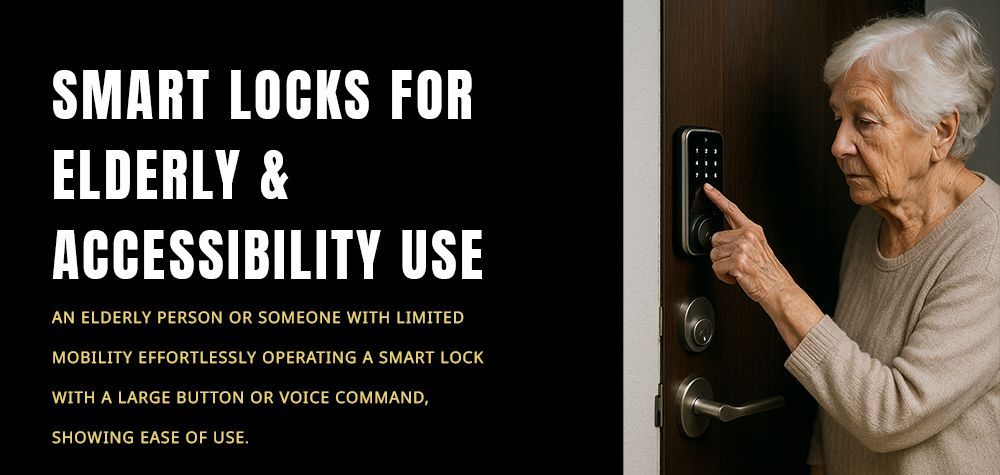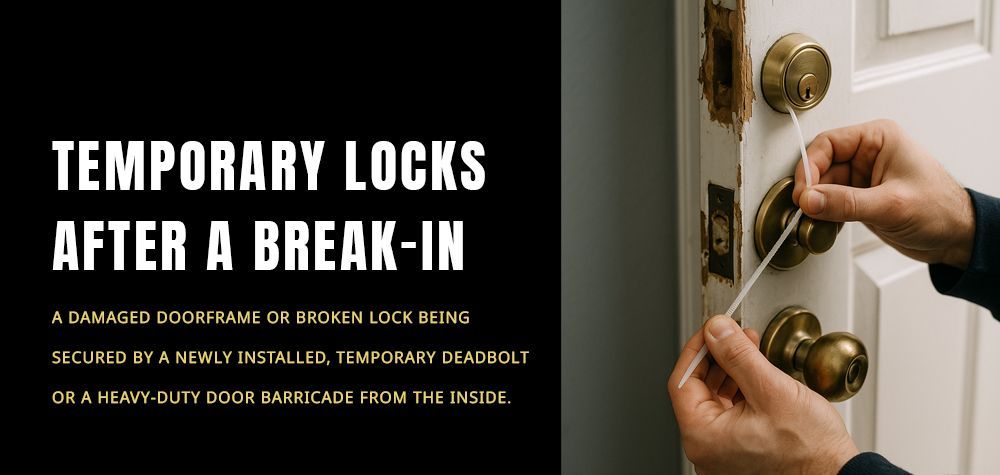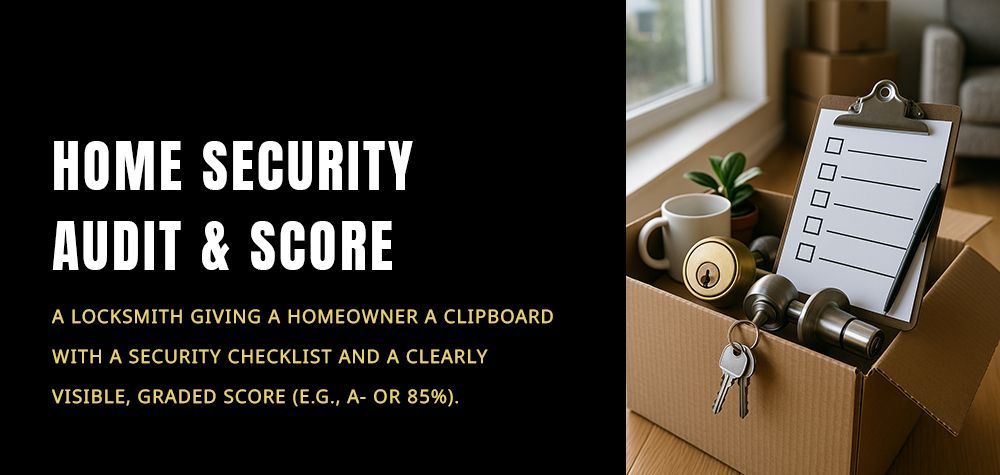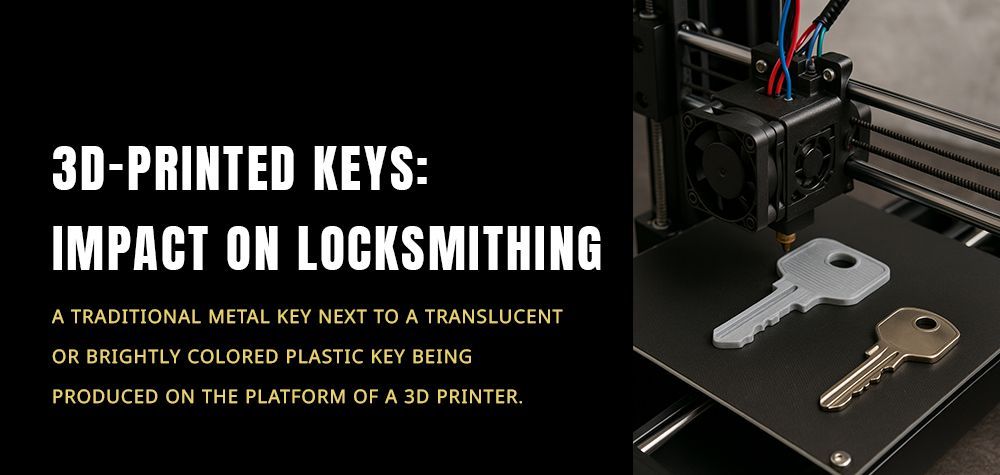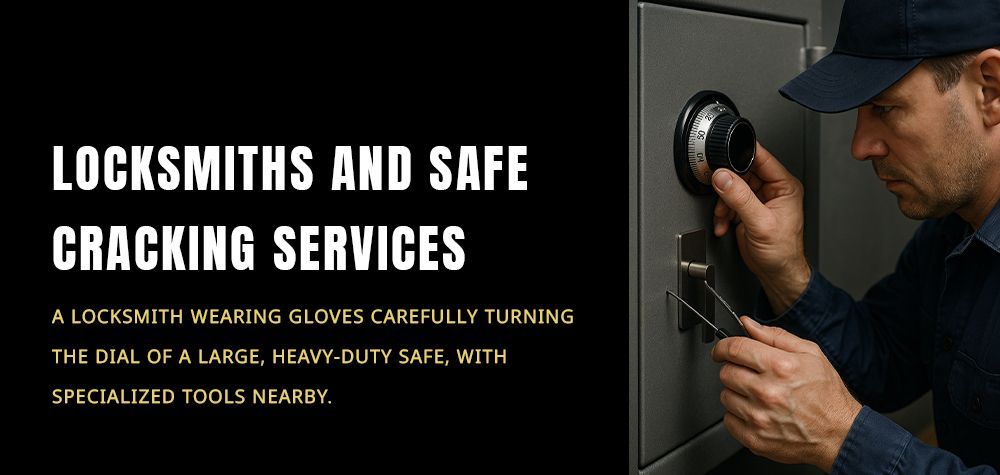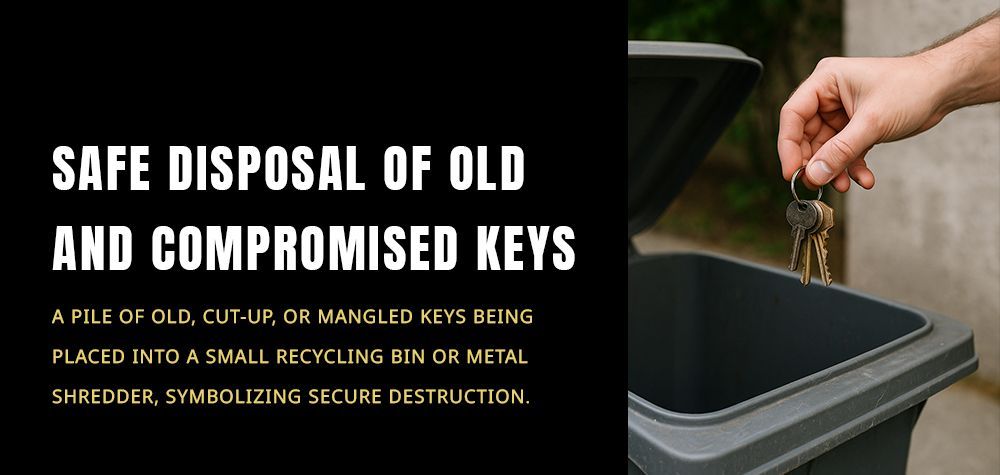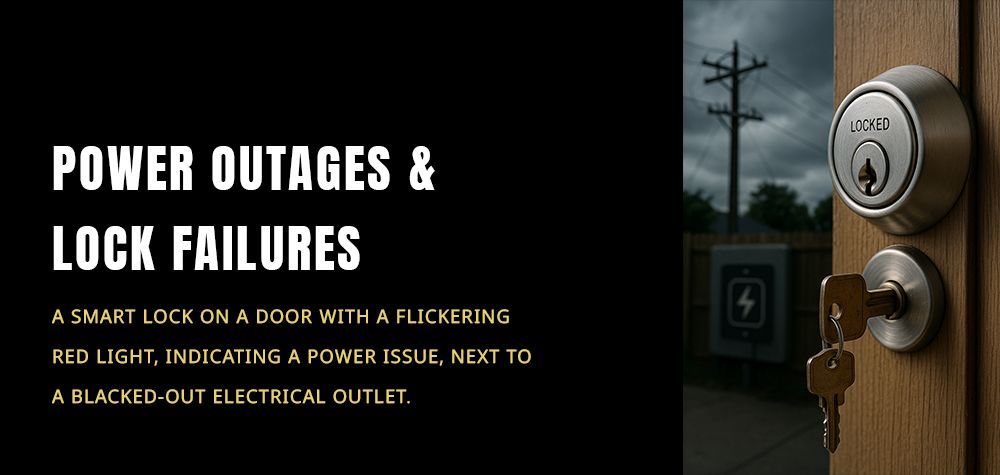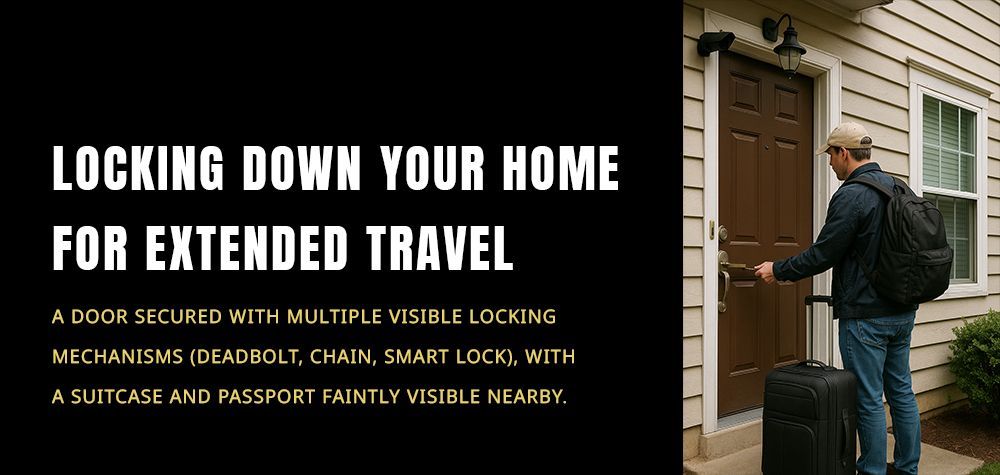Multipoint Locks: The Latest in Residential Door Locks – A Comprehensive Guide
When it comes to securing your home, one of the most important aspects is the choice of door locks. Over the years, advancements in lock technology have provided homeowners with enhanced security options that are both effective and reliable. Among the latest innovations in residential door security is the multipoint lock, a system that is gaining popularity for its added protection and modern functionality.
In this article, we’ll delve into what multipoint locks are, how they work, their benefits, and why you should consider upgrading your home’s entryways with this cutting-edge security feature. Let’s explore how Brothers Locksmith can help you make the best choice for your home.
What Is Lock Rekeying and When Should You Consider It?
What is a Multipoint Lock?
A multipoint lock is a type of locking system that secures a door at multiple points, rather than relying on a single bolt or latch. Typically, these locks engage at three or more points along the door, which could include the top, middle, and bottom of the door frame. This offers a much more robust method of securing your home compared to traditional single-point locking mechanisms.
How Do Multipoint Locks Work?
Multipoint locks function by connecting several locking mechanisms to a central point, usually in the door’s handle or lock. When you turn the key or operate the handle, multiple locking bolts or hooks extend into the door frame at different positions, securing the door in multiple areas.
The three main components of a multipoint lock system include:
- A central lock cylinder: This is the mechanism that locks or unlocks the door, typically operated with a key or digital code.
- Multiple locking points: These are bolts or hooks that secure the door at various points along the frame.
- A secure handle or lever: The handle is part of the system that engages the locking points when turned.
By locking at multiple locations, the door becomes much harder to break into, providing enhanced security.
Benefits of Multipoint Locks for Your Home
1. Increased Security
Multipoint locks offer significantly higher security than traditional single-point locks. With multiple locking points, burglars will have a much harder time breaching the door. This added security can deter criminals from attempting to break into your home in the first place.
2. Better Resistance to Forced Entry
Traditional locks may be vulnerable to common break-in techniques, such as bumping, picking, or forced entry. Since multipoint locks engage at several points, they are much more resistant to these tactics. Even if a burglar is able to compromise one lock point, the remaining locking mechanisms provide additional protection.
3. Enhanced Weather Resistance
Multipoint locks are typically designed to be more durable and resistant to the elements. They are ideal for external doors exposed to harsh weather conditions. This durability ensures that your locks will continue to function well even in extreme temperatures, heavy rain, or high winds.
4. Improved Door Alignment
One of the key benefits of a multipoint locking system is that it helps align the door correctly within the frame. Over time, doors can become misaligned due to regular use or environmental factors. A multipoint lock can help keep the door aligned and properly sealed, preventing gaps that could allow drafts, moisture, or even pests to enter your home.
5. Insurance Benefits
Many homeowners insurance policies offer reduced premiums for homes equipped with high-security features. Since multipoint locks are considered an advanced form of security, having them installed can potentially lower your insurance costs. Always check with your provider to see if they offer discounts for upgraded door security.
When Should You Consider Installing a Multipoint Lock?
If you are upgrading the security of your home or replacing old, outdated locks, a multipoint locking system is a great investment. Here are some scenarios where installing a multipoint lock is a good idea:
- After experiencing a break-in or attempted break-in: If your home has already been targeted by burglars, upgrading to a more secure locking system is crucial for preventing future incidents.
- When upgrading to a high-security door: If you’re installing a new door or replacing an old one, consider choosing a multipoint lock to complement the increased security of the door itself.
- For vulnerable entry points: Multipoint locks are ideal for front and back doors, French doors, or sliding glass doors, where additional security is needed to protect your family and valuables.
How to Choose the Right Multipoint Lock for Your Home
When it comes to choosing a multipoint lock, there are several factors to consider. Let’s go through some of the most important aspects that will help guide your decision:
- Locking Mechanism: Choose a multipoint lock with a robust and reliable locking mechanism. Look for locks that feature deadbolts, hooks, or bolts that can engage at multiple points along the door frame.
- Security Rating: Multipoint locks come with different security ratings. Always opt for a high-security option that meets industry standards. Check for certifications such as the British Standard 3621, which ensures the lock’s quality and performance.
- Handle and Cylinder Quality: The central lock cylinder and handle should be durable and resistant to wear and tear. Make sure that the cylinder is made from high-quality materials, such as brass or steel, to prevent tampering or break-ins.
- Compatibility: Ensure that the multipoint lock is compatible with your door type. Some locks are designed for uPVC doors, while others may be suited for timber or composite doors. Work with a locksmith to select the best option for your needs.
- Ease of Use: Choose a multipoint lock that is user-friendly and easy to operate. A system that requires complicated key turning or handles can be frustrating, especially for elderly or disabled individuals. Look for locks with smooth mechanisms that engage and disengage effortlessly.
Common Mistakes to Avoid When Choosing or Installing Multipoint Locks
- Not Considering Door Compatibility: Multipoint locks are available in a range of styles designed to fit specific types of doors. Failing to ensure compatibility can lead to installation issues or malfunctioning locks.
- Neglecting Professional Installation: While some DIY enthusiasts may attempt to install a multipoint lock themselves, it’s always best to hire a professional locksmith like Brothers Locksmith for proper installation. Incorrect installation can compromise the security features of the lock.
- Choosing an Inadequate Security Rating: Don’t settle for subpar locks. Always check for reputable security ratings and certifications to ensure the lock offers the level of protection your home deserves.
- Overlooking Maintenance Needs: Like all locks, multipoint locks require regular maintenance to ensure smooth operation. Don’t neglect your lock’s upkeep—lubricate the mechanism regularly and inspect it for wear.
Conclusion
Multipoint locks represent a significant leap forward in home security. Offering enhanced protection, durability, and resistance to forced entry, they are a smart choice for anyone looking to improve their home’s safety. By selecting the right lock, ensuring professional installation, and performing regular maintenance, you can ensure that your home is secured with the latest in locking technology.
At Brothers Locksmith, we understand the importance of home security. Our team of experts can guide you in choosing the right multipoint lock for your home, ensuring that your property is safe, secure, and protected from any threat. Contact us today for assistance with selecting, installing, or maintaining your multipoint locks.
Call Us Any Time!


